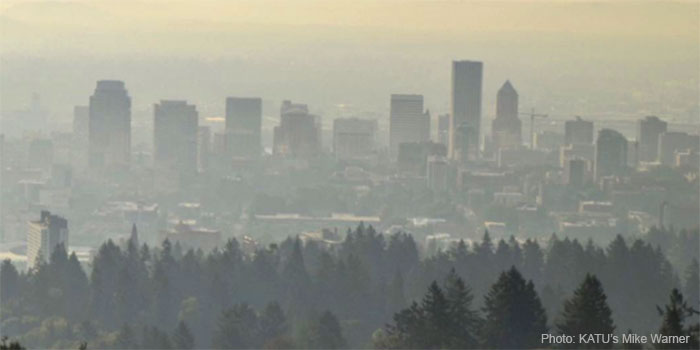 I don’t know about you, but the August incursion of smoke from wildfires burning in British Columbia gave me a sore throat and a headache. I felt bad for children, the elderly and people with breathing issues.
I don’t know about you, but the August incursion of smoke from wildfires burning in British Columbia gave me a sore throat and a headache. I felt bad for children, the elderly and people with breathing issues.
Now come new studies saying things will probably get worse.
Researchers at the University of California, Merced collaborated with colleagues at the University of New Mexico and Penn State University to study increasingly severe wildfires in the forests of California’s Sierra Nevada mountain range. Relying on three climate models and data from the Intergovernmental Panel on Climate Change, they concluded that “changing conditions will turn Sierra Nevada forests into tomorrow’s greenhouse gas emitters,” according to a UC Merced news release.
Rising temps are creating a warmer, drier Sierra Nevada climate. According to UC professor LeRoy Westerling, these changes are leading to dramatic increases in the frequency, size and duration of wildfires.
That’s not great news. Nor is a study from the Georgia Institute of Technology published in ScienceDaily June 14, 2017, that found “summer wildfires boost air pollution considerably more than previously believed.”
According to the study, burning timber and brush expel fine particles into the air at a rate three times as high as levels cited in emissions inventories by the U.S. Environmental Protection Agency. The uncontrolled burning of biomass, where the pollution cannot be captured by modern technology, produces “lots of pollution,” says Greg Huey from Georgia Tech. Unlike the EPA studies, which measured emissions in controlled burns, researchers sent high-tech NASA airplanes to plow through actual wildfire plumes to gather real-time data.
It’s not just fine particles we’re breathing when a forest goes up in flames, according to Georgia Tech. “Methanol, benzene, ozone precursors and other noxious emissions collected from wildfire plumes may make it sound like an oil refinery went up in flames,” the ScienceDaily article warns.
But how bad can it be, really? I guess we’re about to find out.
In southern Utah, the Brian Head Fire consumed nearly 72,000 acres over a 30-day period in June and July. This year and last, the Department of Atmospheric Sciences at the University of Utah put pollution-gathering equipment aboard a news helicopter as it captured video from the raging fires.
“We are just seeing tremendously high particulate concentrations,” says Erik Crosman of the University of Utah. He adds that these are concentrations more than three to five times above the allowable health standards.
What’s the solution? More active management of our federal forests. Restore forests to renewed health and resiliency. We cannot continue to suppress wildfires while not actively managing the fuels on the ground, especially in areas that are close to human inhabitation. But even that, as we’ve seen – or smelled – the past month here in Portland, won’t be enough to stop periodic incursions of smoke and diminished air quality.
Paul Barnum is executive director of the Oregon Forest Resources Institute. He writes from Portland, Oregon.
Seems like we all now what needs to be done. It has been studied to death. There has been $100 million dollars of grants; just think if that money would have been put to restoration projects instead of financing
post graduate work.
Bioroot Energy (based in Darby, MT) continues to inform the world about EPA-approved higher mixed alcohol fuel. When a ton of needles, barks, branches, cones and small diameter trees from a forest fuels reduction project or logging operation is worth real money as feedstock, will people care to pile and burn it if they have a choice? We don’t think so. There’s a big need for solutions beyond the board foot measure of value that can pay the cost of fuels reduction and forest restoration.